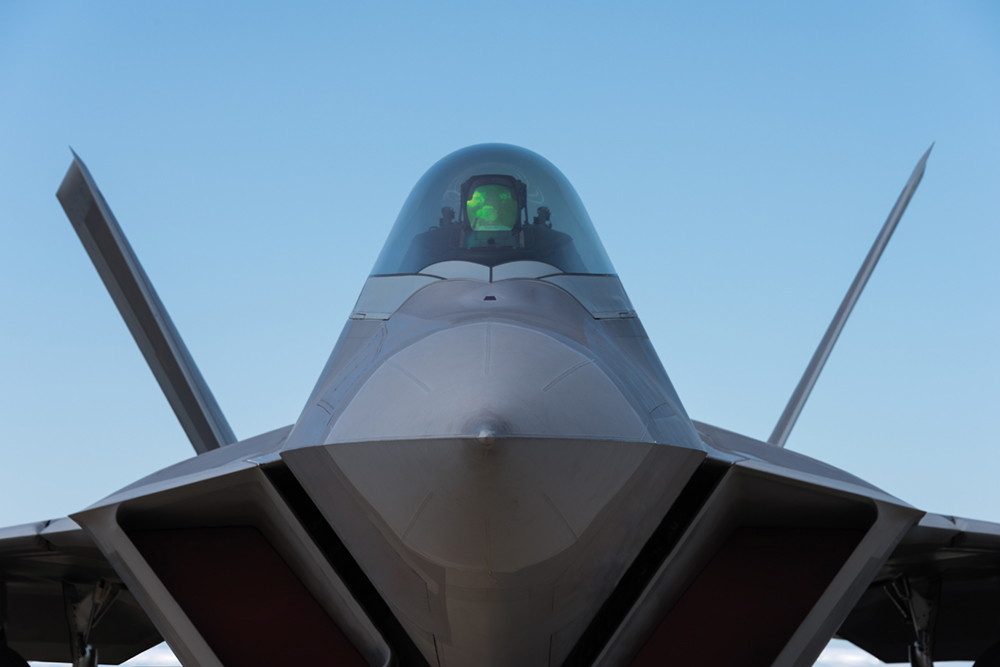
TTI’s vice president military/aerospace segment, Gia Hayes, presents factors manufacturers should prepare for during post-pandemic disruption and growth.
These are unprecedented times for commercial spaceflight. In addition to highly-publicized flights of SpaceX, Blue Origin and Virgin Galactic, smaller firms are striving to gain market share, including small-satellite launch provider Rocket Lab and launch vehicle company Astra Space.
At the same time, we are seeing new investments and innovations from industry leaders such as Boeing and Northrop Grumman. These contributions include rockets, engines, cargo/crew spacecraft, defense systems and the technology to support them.
This competition to bring future people and vehicles to low Earth orbit and beyond has the potential to make the dreams of science fiction become reality.
For example, with NASA’s recent announcement that the International Space Station will be decommissioned after 2030, new space stations like Blue Origin’s Orbital Reef concept could begin to move us toward a dream of more humans living and working in space.
This boom period in spaceflight will have far-reaching impacts beyond commercial space, creating new demand for mil-spec and space-rated components beyond anything we have experienced before.
Another factor to consider is the speed of recovery in commercial air. We do not yet know how quickly business travel will trend back toward pre-pandemic levels, nor do we know how rapidly aircraft production will ramp back up.
Current trends seem to suggest that demand for single aisle and regional aircraft will continue to recover, reaching pre-pandemic levels much sooner than wide body aircraft. Although everyone agrees there are still many challenges to overcome, most of TTI’s customer base is expecting to see some growth in 2022.
Recovery in air travel will prompt new aftermarket service revenue streams. Out-of-storage checks and return-to-service maintenance continue to drive an incremental 2022 aftermarket which could deplete existing inventory.
Even for components with shorter lead times, a rapid ramp-up in aircraft production alongside high demand from commercial space and defense could cause delays in manufacturers’ programs. With the current long lead times for capacitors and other critical parts, this combination might create a new wave of supply-chain uncertainty and complications.

Now is the time for buyers to make sure their company has strong partnerships and assurance of component supply. As a specialist distributor serving the defense and aerospace industries, TTI is working with customers to make sure they understand the current state of the supply chain and help them plan in pace with market conditions.
Responding to the pandemic’s supply chain disruptions, TTI has encouraged customers to share forecasts—by part number—to ensure they remain up-to-date with realistic lead times and inventory positions.
Also, while we frequently hear customers have on-hand inventory that needs to be consumed, we also want to make sure that demand during this critical period is as accurate as possible.
Solid planning and partnerships now can position a business to make the most of the recovery and growth in space, aviation and defense that we expect.
